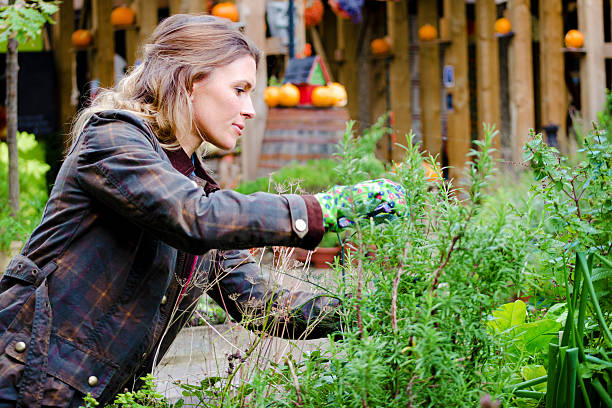1. Know Your Climate Zone
Understanding your climate zone is pivotal when learning how to choose the right plants for your garden. This knowledge dictates which plants are likely to thrive in your geographical area. Always check plant tags for zone information to guide your selections effectively.

Pexels
2. Evaluate Sun Exposure
The amount of sunlight your garden receives is critical to plant health. Assess whether your garden gets full, partial, or full sun, and choose plants that will thrive under these conditions.
Full sun: 6+ hours of direct sunlight
Partial shade: 3-6 hours of direct sunlight
Full shade: Less than 3 hours of direct sunlight
Choose plants that match the sunlight availability in your garden to ensure they grow robustly.
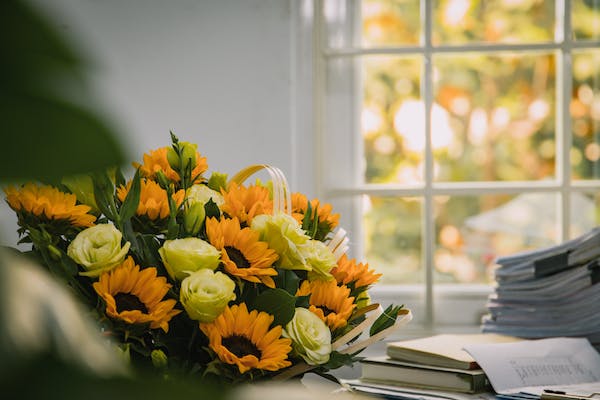
Image Credit: Pexels
3. Check Soil Type
The type of soil you have significantly affects plant health. Identify whether you have clay, loam, or sandy soil, and consider getting a soil test to determine its pH and nutrient levels. This information will help you select the right plants and decide if you need to make any soil amendments.
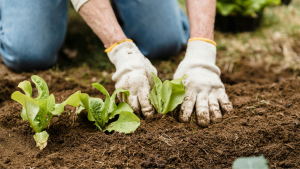
Pexels
Also read: The best plants to grow for your climate
4. Consider Watering Requirements
Consider how much water your plants will need and how much you can provide. If you live in a drought-prone area or prefer a low-maintenance garden, opt for plants that require less water.
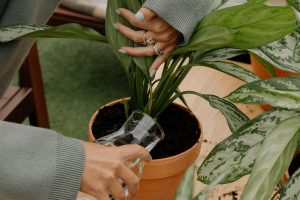
Pexels
5. Plan for Plant Purpose and Function
When figuring out how to choose the right plants for your garden, consider what you primarily want from your space. Are you looking to grow fresh produce, or is your goal to create a relaxing floral sanctuary? Choose plants that align with your garden’s intended function.
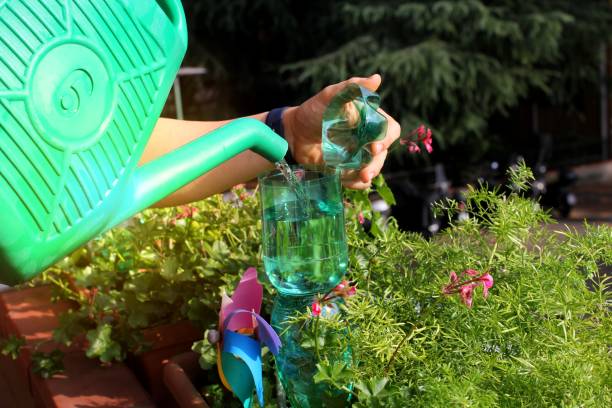
Image Credit: Unsplash
6. Select According to Maintenance Levels
Consider how much time you are willing to spend on garden maintenance. Opt for plants that match your gardening enthusiasm and availability.
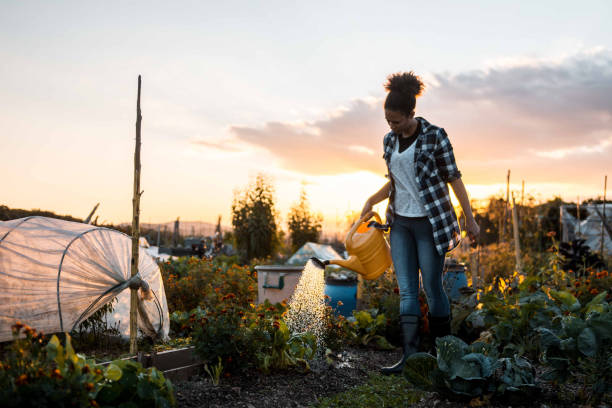
Image Credit:Pexels
7. Choose Plants for Seasonal Balance
For year-round interest and utility, select plants that bloom or peak at different times throughout the year. This not only keeps your garden lively but also supports local wildlife.
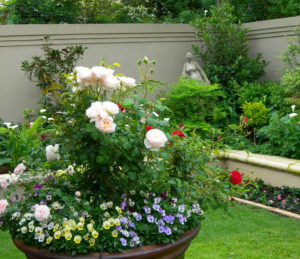
Clipped Duranta ‘Sheena’s Gold’, gaura, forget-me-nots, foxgloves and rosemary act as mulch, seasonal colour and repel insects.
8. Opt for Native Plants
Native plants are an excellent choice for sustainability. They generally require less care and provide valuable habitat for local wildlife, including pollinators like bees and butterflies.
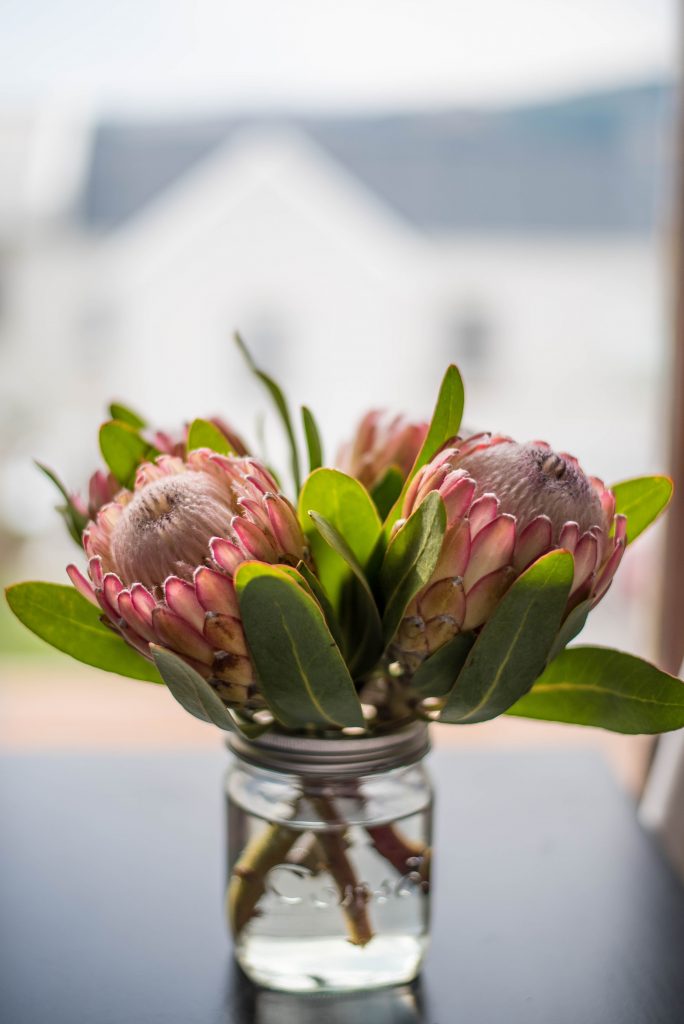
Pexels
Also read: How to arrange a gallery wall
9. Consider Growth and Space Requirements
Be mindful of the mature size of the plants to avoid overcrowding. Proper spacing is essential for the health and growth of your garden.
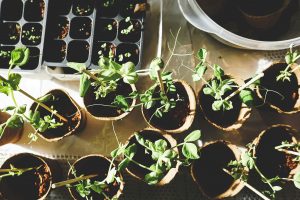
Pexels
10. Experiment and Learn
Don’t hesitate to try new things. Gardening is a dynamic hobby where trial and error play significant roles in discovering what works best in your unique garden environment.
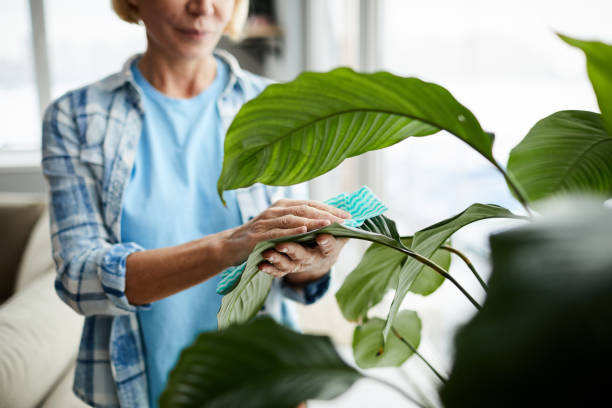
Image Credit: Unsplash
By considering these aspects, you’re more likely to create a garden that is not only beautiful and functional but also sustainable. How to choose the right plants for your garden involves careful planning and thoughtful consideration of numerous factors, from environmental conditions to personal preferences. Enjoy the journey of creating your ideal garden space!

